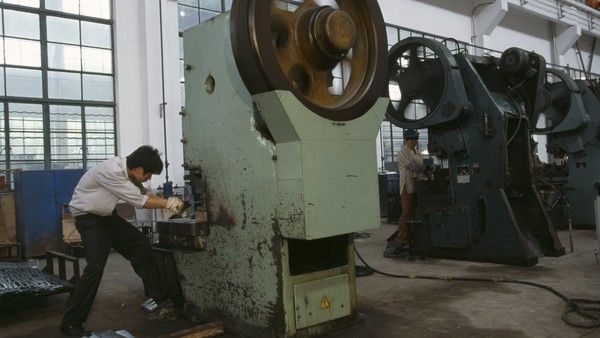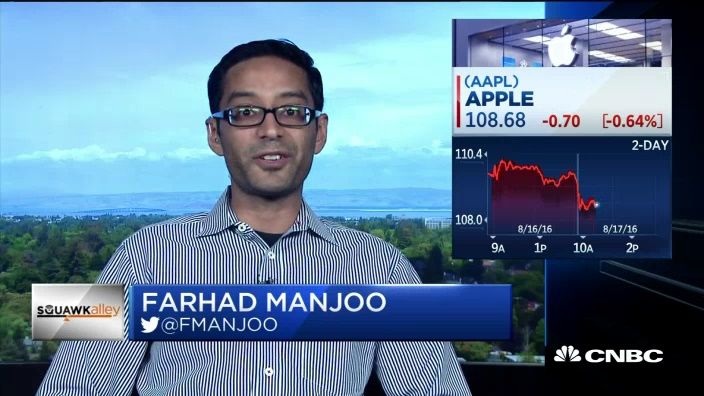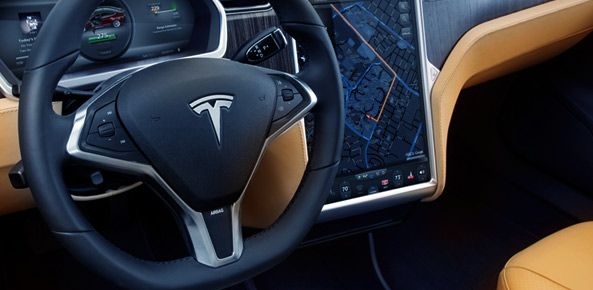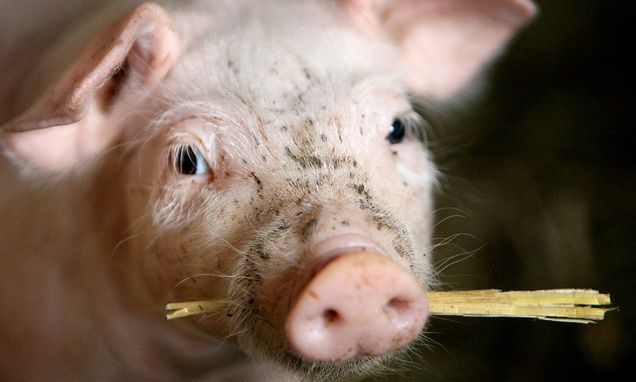Spaceflight venture Moon Express wants to be the first private company ever to land on the Moon in 2017 — and now the company has been granted approval by the United States government to launch to the lunar surface. It’s the first time the government has granted regulatory approval for a private mission beyond Earth orbit. And Moon Express came very close to being denied permission to go.
No regulatory framework currently exists for a commercial space missions to another world. Lawmakers are working on a permanent solution, but it likely won’t be ready in time for Moon Express’ 2017 mission. So the company came up with its own temporary framework — a regulatory patch — that the US government could use to oversee the company’s mission. And after a meeting between the Federal Aviation Administration, the White House, and the State Department, Moon Express has been given the approval it needs to launch to the Moon.
So far, commercial companies have mostly just launched satellites into space; all specialized private missions, like launching cargo to the space station, have been overseen by NASA. That means Moon Express could be the first private company to land on the Moon, as well as the company that travels the farthest away from our planet.






